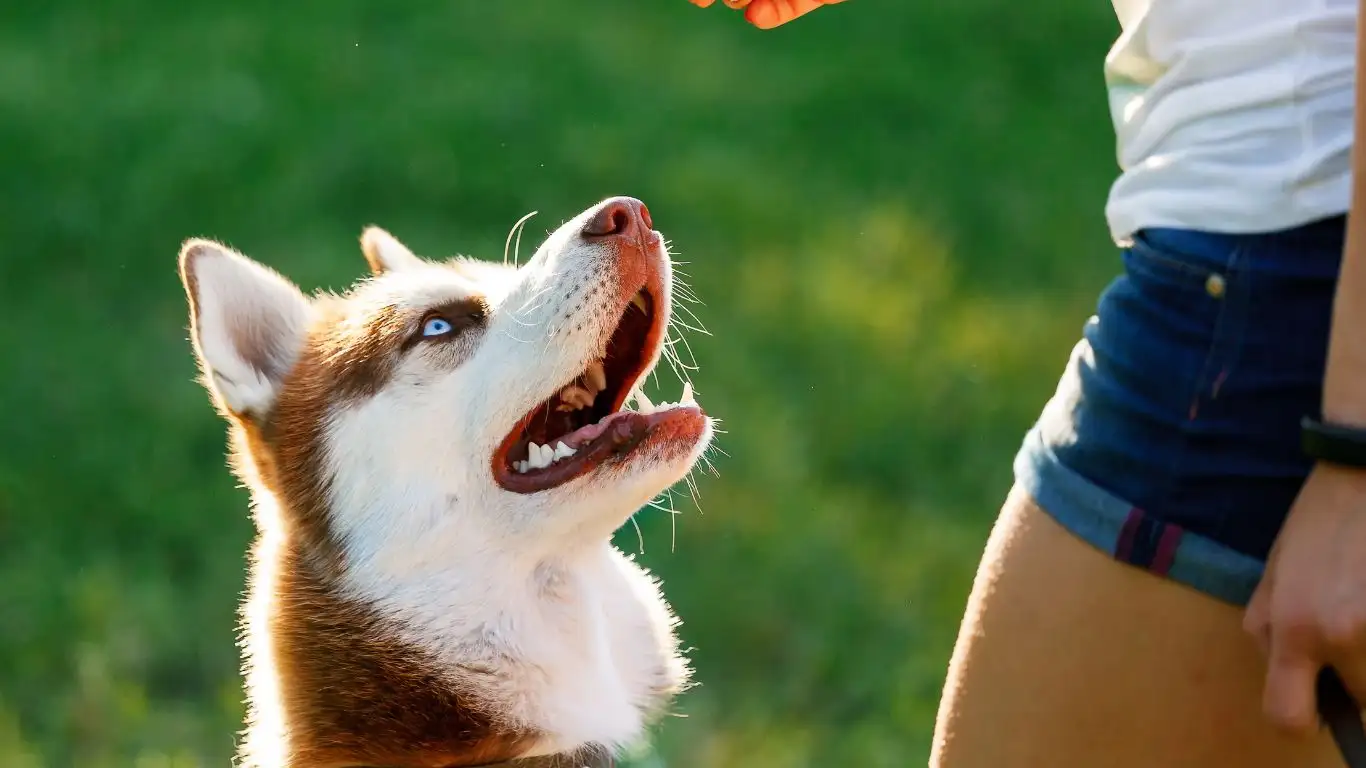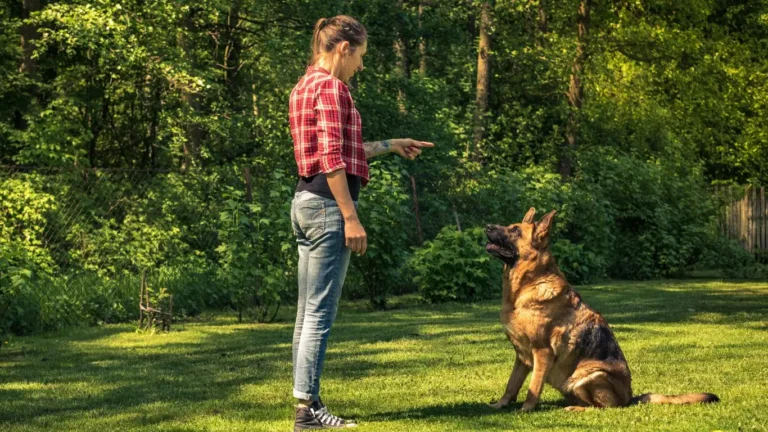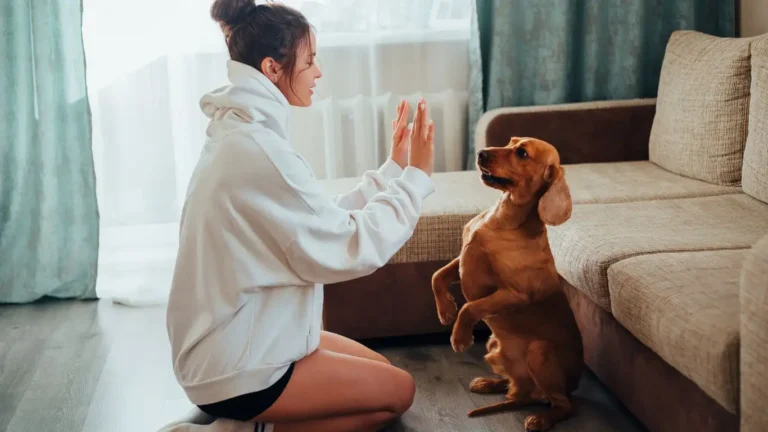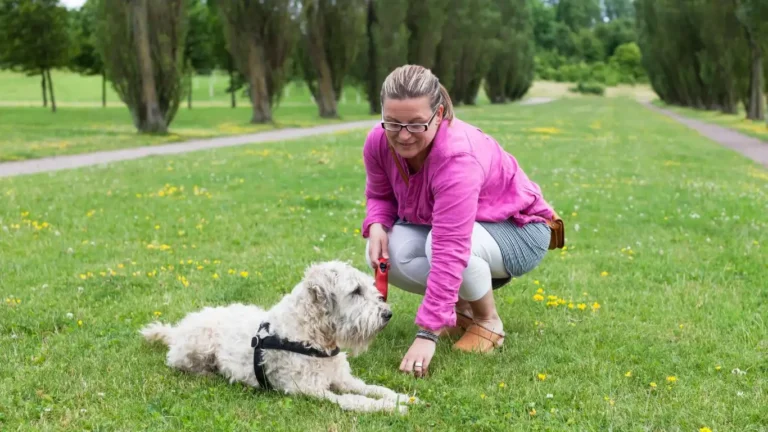Struggling with Focus? How to Train a Dog to Go to a Designated Spot
Let’s be real—dogs are smart, but sometimes they need a little nudge (okay, maybe a lot) to understand what we want from them. One of the most common questions I get as a Canine-Assisted Therapy Trainer is how to train a dog to go to a designated spot. Whether you’re trying to manage your pup during dinner time, keep them calm when guests arrive, or just give them their own little safe space, teaching this skill is a game-changer. And trust me, once you and your dog get the hang of it, you’ll wonder how you ever lived without it.
Why Teaching a “Go-To” Spot is Seriously Underrated
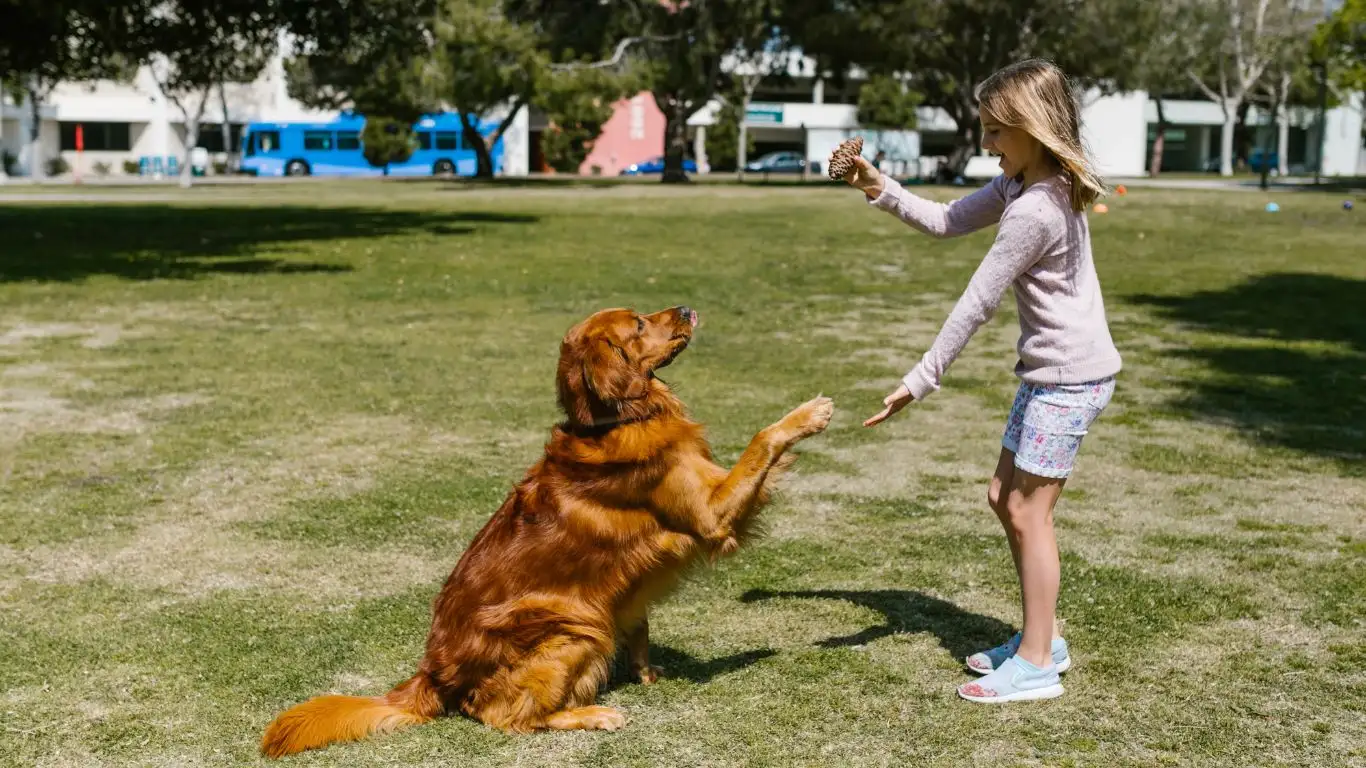
First off, let’s talk about the *why*. From my own experience, especially when working with therapy dogs, having a clearly defined spot makes a world of difference—not just for behavior, but for overall emotional regulation. I’ve worked with excitable doodles, anxious rescues, and stubborn bulldogs. All of them benefited from having a safe zone they could retreat to when things got overwhelming. It’s not just about control—it’s about comfort, predictability, and building trust.
Here’s the thing: dogs thrive on consistency. When they know what’s expected and where they’re supposed to be, it eases a lot of their uncertainty. Plus, it makes your life 100x easier when your dog isn’t pacing, jumping on guests, or begging at the dinner table.
The Psychology Behind the Spot
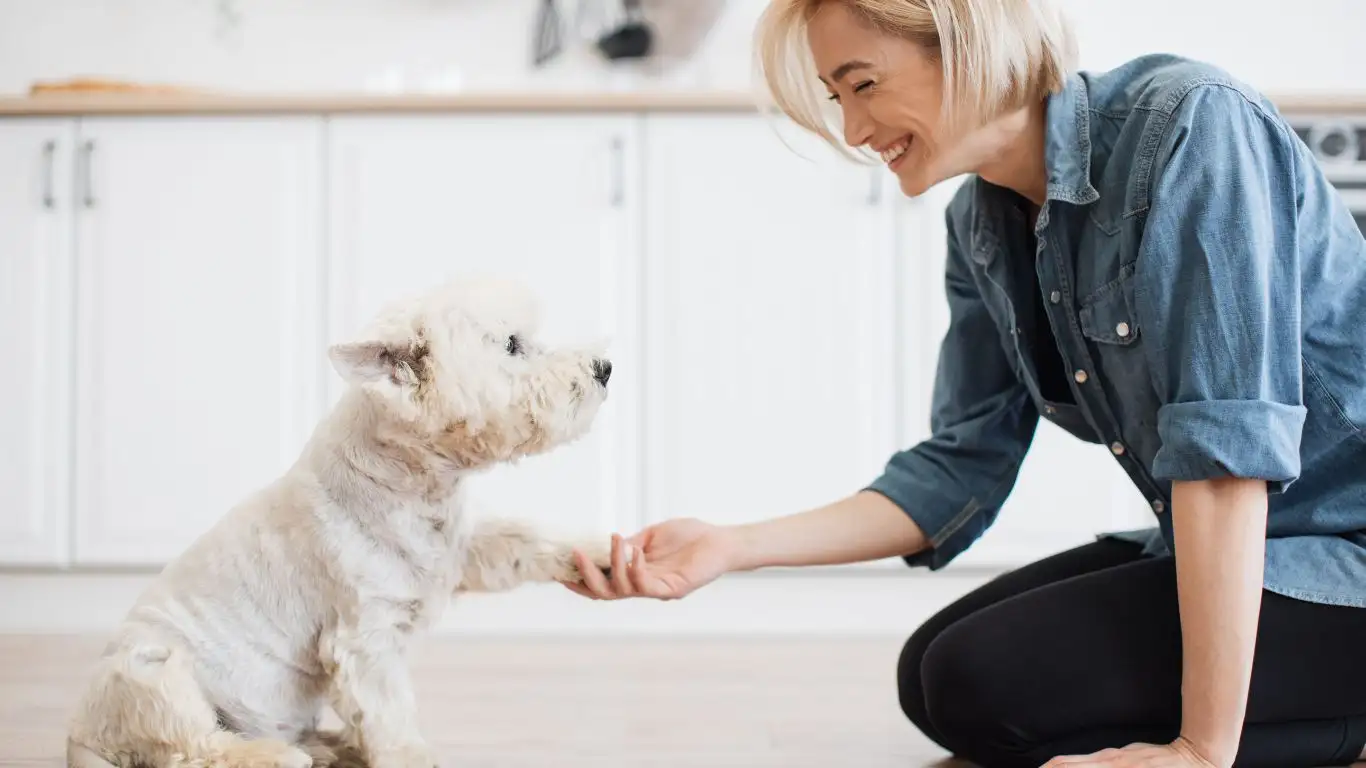
It’s not just about teaching them to “go lie down.” It’s about giving them a job. In the dog world, jobs are everything. They feel useful, engaged, and proud when they get it right. Think of the designated spot like their personal office—or better yet, their chill-out lounge. When we reinforce that this spot is their place to relax, cool down, or just hang back and observe, they begin to see it as a positive thing, not a punishment.
Understanding Your Dog’s Motivation
Now, before we jump into training techniques, you need to know what gets your dog moving. Is it treats? Praise? That high-pitched “good boy!” voice we all swear we’d never use in public? (Guilty.) You want to build the spot association with positive reinforcement, not commands barked in frustration. Here’s what I tell my clients:
- High-value treats: Not just kibble. We’re talking freeze-dried liver, cheese bits, or even cut-up chicken. Go big.
- Clear markers: A clicker works, but your voice can too. “Yes!” said with enthusiasm goes a long way.
- Consistency: Same cue, same tone, every time.
Choosing the Right Spot
This is more important than most people think. The spot shouldn’t be in the middle of chaos, but it also shouldn’t be isolation central. Dogs are social, remember? Choose a spot that’s semi-quiet but still within the flow of the home. Here are a few ideas:
- A cozy corner of the living room
- Near the dining area, but not at the table
- In your home office, if your dog likes to chill while you work
I personally love using a dedicated dog mat. Not a blanket, not a bed they can drag around—a sturdy, defined mat. It becomes a visual and tactile cue. When my therapy dog, Luna, sees her mat come out of the training bag, she lights up. She knows she has a role, and more importantly, a place.
Setting the Foundation: Starting with Basic Cues
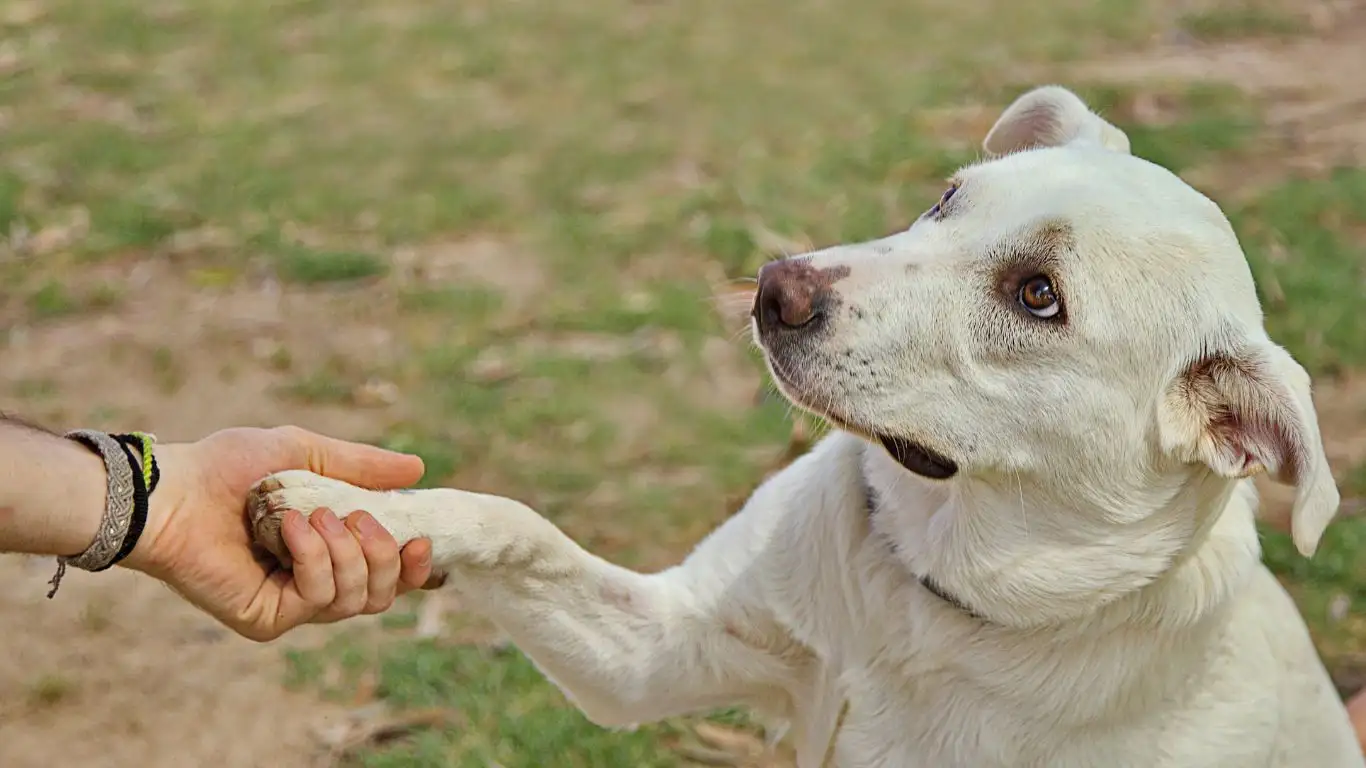
Before you expect miracles, your pup needs to understand some foundational cues. At the very least, we want them to recognize “sit,” “stay,” and “down.” Don’t worry if these aren’t perfect yet—just enough to build from. Here’s a little pro tip from my sessions:
- Use the mat as a cue enhancer. Place it near your feet and give the “down” cue. Reward immediately when paws hit the mat.
- Start adding a phrase like “Go to your spot” or “Place” right as they step on it.
- Repeat a few times a day, no more than 5 minutes per session. Keep it light and fun.
Dogs pick up patterns fast, especially when the vibe is relaxed. I’ve seen even the most hyper pups start heading to their mat automatically within a week—with the right motivation and timing, of course. It’s not about dominance; it’s about direction.
Building Duration and Distance: The Patience Game
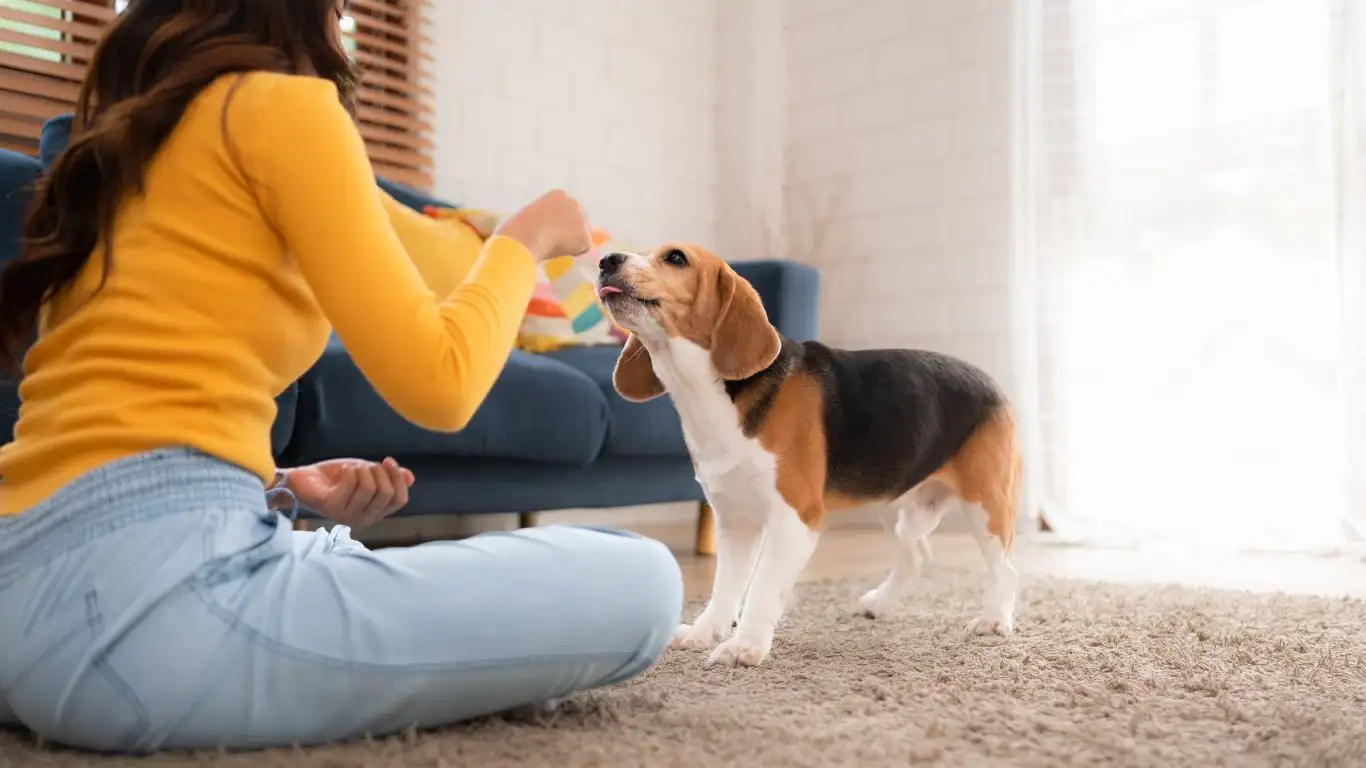
Alright, now that your dog is starting to associate the mat or spot with good things, let’s crank it up a notch. The next step in how to train a dog to go to a designated spot is increasing both duration and distance. And spoiler alert—it’s not instant. This is where most folks get stuck, and honestly, I’ve been there too. When I was training Max, a golden with serious FOMO, I swear I couldn’t take two steps away before he’d bolt to follow me. But consistency paid off—and it’ll work for you too.
Here’s how I guide my clients through this phase:
- Start small: Ask your dog to go to their spot and lie down. Once they’re there, wait just 2–3 seconds before marking and rewarding.
- Add time gradually: Increase the time between the cue and reward by a few seconds each session.
- Take one step back: Literally. Step one foot away, then return and reward if they stay put. Add steps slowly over several days.
Remember, don’t rush. If your dog breaks position, don’t scold—just calmly guide them back and try again. Keep the tone light and fun. I like to toss in silly praise like, “Look at you being such a stay champ!” Dogs respond better when you’re encouraging instead of strict.
Layering Real-Life Distractions

Now, this is where the magic really happens. A dog going to their spot in a quiet room is cute—but staying there when the doorbell rings or the kids are running around? That’s the goal. You want to train for life, not just for Instagram.
When I work with therapy teams, we build up slowly. We’ll start by just walking past the dog while they’re on their spot. Then we’ll add in sounds like door knocks or even squeaky toys (that one gets ’em every time). Eventually, we bring in guests or role-play busy environments. Here’s how to set up success in your own home:
- Use controlled chaos: Don’t go from 0 to dinner party overnight. Start by practicing with mild distractions like someone walking by.
- Reward calm behavior: If your dog holds the position even when excited, jackpot treat! Make it worth their while.
- Know when to quit: If your pup is overwhelmed, back off and revisit a simpler version of the exercise.
Pro tip: I sometimes keep a stash of high-value treats near the mat, hidden in a jar. When Luna hears the doorbell and runs to her mat instead of the door, I toss a treat over without even looking. It’s like muscle memory for her now.
Introducing a Release Cue

This part’s crucial. Without a clear release cue, your dog might think they have to stay there forever—or worse, they’ll just leave on their own whenever they feel like it. I personally use “Okay!” but anything works—“Free,” “Break,” “Release,” whatever feels natural for you. Just make sure you always use it consistently.
How to Introduce the Release Cue
- Ask your dog to go to their spot and lie down.
- Wait 5–10 seconds, then say your release word in a happy, upbeat tone.
- Encourage them to get up by stepping away or patting your leg.
- As soon as they move, reward and praise.
After a few sessions, they’ll start to get it. They stay until they hear the magic word. This is a game-changer, especially for high-energy dogs who love structure but need boundaries.
Mixing It Into Daily Life
Honestly, once your dog understands the designated spot game, use it everywhere. I’ve brought mats to vet offices, therapy sessions, coffee shops—even outdoor patios. One of my favorite memories was working with a retired service dog named Benny. We trained him to lie on a blanket at the park while his handler chatted with friends. No leash tension, no barking, just vibes. That’s the kind of real-world calm we’re aiming for.
Incorporate it into:
- Meal times (so your dog doesn’t beg at the table)
- When guests visit (helps with jumping and barking)
- While working from home (a designated chill-out zone)
Remember, it’s not about perfection—it’s about progress. You’re helping your dog understand their place in the home, both literally and emotionally. And honestly, there’s nothing better than seeing that lightbulb moment when they just *get it*.
Maintaining the Habit: Consistency Over Perfection
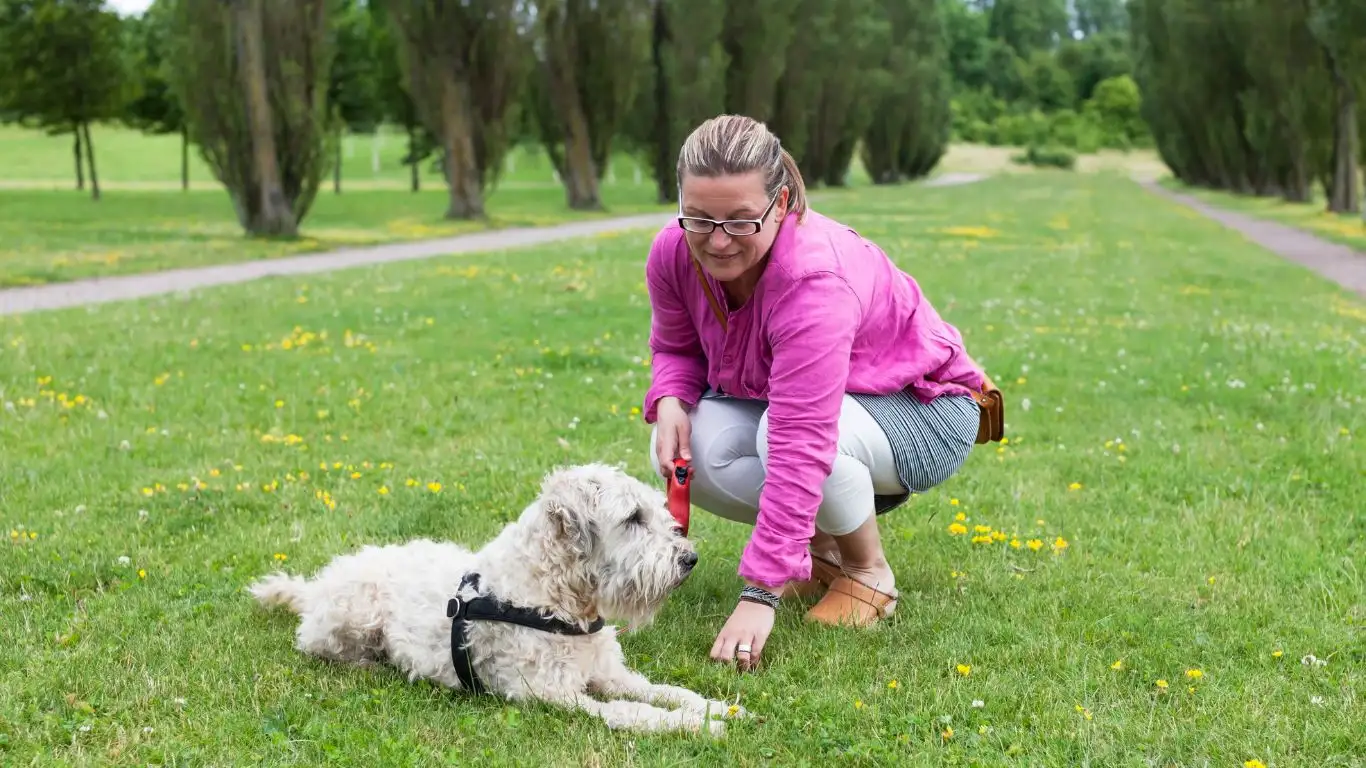
Now that your pup has learned to head to their spot, stay there during distractions, and wait for a release cue, it’s all about maintenance. And let me tell you, maintaining a behavior is where most dog owners slip—not because they’re lazy, but because life gets hectic. I’ve even caught myself forgetting to reinforce the mat behavior during chaotic mornings. (Coffee first, right?)
The key? Intentional consistency. It doesn’t have to be perfect every single time, but it does have to be predictable enough for your dog to stay sharp. Dogs learn best in patterns, and they thrive when they know the rules of the game are the same every day. It’s kind of like us—imagine showing up at work and the rules change every hour. Total stress fest.
Simple Ways to Reinforce the Habit
- Use the spot cue during routine activities (e.g., while cooking or Zoom calls)
- Randomly toss a treat on the mat during downtime—it keeps it rewarding
- Practice short sessions weekly, even if your dog “already knows it”
- Mix up the environments: living room, porch, even outside if it’s safe
When I was training a spunky lab named Tilly, we made her spot training part of her bedtime routine. She’d go to her mat, get a treat, and wait for her release to go to bed. Within a week, she’d start heading there on her own when the sun went down. That’s the power of consistency—dogs start anticipating what we want because it just feels right to them.
Adapting for Different Dog Personalities
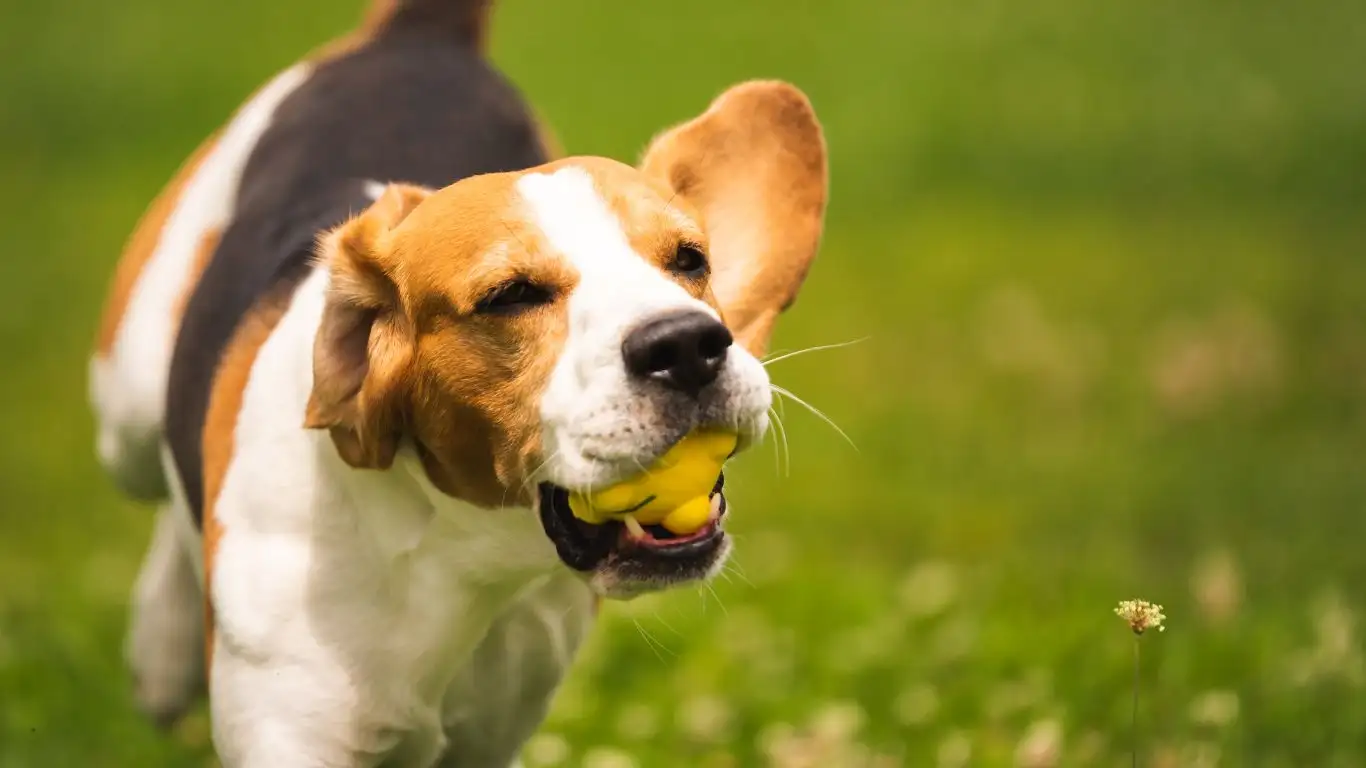
Here’s the thing—how to train a dog to go to a designated spot isn’t a one-size-fits-all formula. Just like people, dogs have their quirks. You’ve got your mellow loungers who take to it instantly, and then your high-drive pups who act like the mat is lava. I’ve trained dozens of dogs, and every single one has taught me to be flexible.
If Your Dog Is Overly Excited:
- Use calm energy—no big fanfare or high-pitched “GO TO YOUR SPOT!!!” cues
- Start with short durations; success builds confidence
- Incorporate more mental stimulation outside training to burn excess energy
If Your Dog Is Nervous or Anxious:
- Choose a quiet, safe-feeling spot with minimal foot traffic
- Use super gentle encouragement and never force them onto the mat
- Pair the spot with a comfort item (favorite toy or even your scent)
One of my more rewarding cases was a rescued hound mix named Juno. She was terrified of being confined or “sent away,” probably from her past. With slow, positive sessions and her favorite squeaky plushie as backup, she eventually associated her spot as a place she could choose to go—not something forced on her. That distinction made all the difference.
Common Mistakes and How to Avoid Them
Even with the best intentions, there are a few pitfalls I see regularly when folks are teaching this behavior. Don’t worry—I’ve made these mistakes too (multiple times). Here’s a quick checklist to keep you on track:
- Inconsistency in cues: Stick with the same command every time. Switching between “go lay down,” “mat,” and “bed” will only confuse your pup.
- Expecting too much too soon: Don’t go from 5 seconds to 5 minutes overnight. Build gradually.
- Using the spot as a punishment: The spot should be a happy place, not a timeout corner.
- Releasing without the cue: Only let your dog leave after you give your chosen release word. This builds impulse control and trust.
I once caught myself saying “Okay” on a phone call—and my dog popped off the mat instantly. That was a lesson for me: choose a release word you don’t say casually. (We switched to “break.” Much better.)
Final Thoughts: You’re Building More Than Just a Cue
At the end of the day, teaching your dog to go to a designated spot isn’t just about obedience—it’s about deepening your relationship. You’re creating a system of communication, mutual respect, and trust. When your dog understands that their mat is their place of calm and safety, you’re giving them more than a cue. You’re giving them confidence.
And for those of you training therapy dogs or working dogs—this is a core skill that will serve you again and again in public spaces, schools, hospitals, and events. I’ve used this exact technique in canine-assisted therapy sessions to help both the dog and the client feel more grounded.
Keep it fun. Keep it consistent. And celebrate every small win along the way.
References
Disclaimer
This article is based on personal experience as a Canine-Assisted Therapy Trainer and is intended for educational purposes only. Every dog is different—please consult a certified dog trainer or behaviorist for guidance specific to your dog’s needs and temperament.
